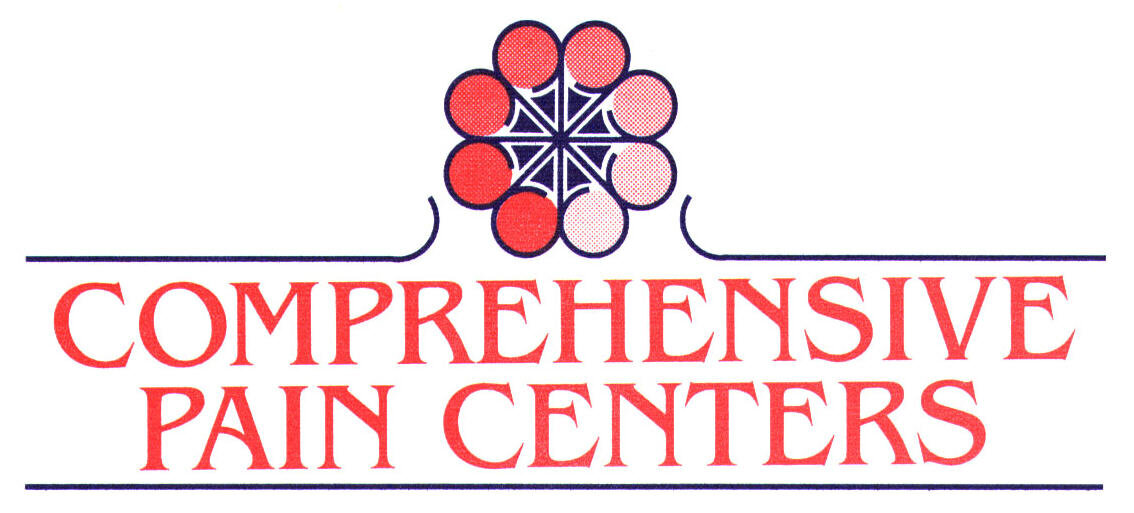Chronic & Acute Pain Conditions
Cervical Radiculopathy
This condition is an irritation or compression of one or more nerve roots in the cervical spine. Because these nerves travel to the shoulders, arms and hands, an injury in the cervical spine can cause symptoms in these areas. Cervical radiculopathy may result from a variety of problems with the bones and tissues of the cervical spinal column.
Compression Fractures of The Spine
This is a collapse of vertebral bone. It can affect one or more vertebrae. Compression fractures typically develop in your mid or lower back. This can change the shape of your spine.
Degenerative Disc Disease
This condition is a weakening of one or more vertebral discs, which normally act as a cushion between the vertebrae. This condition can develop as a natural part of the aging process, but it may also result from injury to the back.
Facet Join Syndrome
This condition is a deterioration of the facet joints, which help stabilize the spine and limit excessive motion. The facet joints are lined with cartilage and are surrounded by a lubricating capsule that enables the vertebrae to bend and twist.
Lumbar Radiculopathy (Sciatica)
This condition is an irritation or compression of one or more nerve roots in the lumbar spine. Because these nerves travel to the hips, buttocks, legs and feet, an injury in the lumbar spine can cause symptoms in these areas. Sciatica may result from a variety of problems with the bones and tissues of the lumbar spinal column.
Migraine Headaches
A migraine is an intense, throbbing headache that may be accompanied by nausea or dizziness. A migraine can last from hours to days.
Post Laminectomy Syndrome
This condition, also called “failed back syndrome,” is a type of chronic pain. It can develop in some people after spine surgery.
Sacroiliac Joint Pain
Your sacroiliac joints (we call them the “SI” joints) are the places where your hips meet your spine. These joints don’t have a lot of flexibility, but they do move slightly as you move your body. And if SI joints become damaged or diseased, it can be painful.
Spinal Stenosis
The spinal column contains open spaces that create passageways for the spinal cord and the spinal nerves. Spinal stenosis is a narrowing of (or an intrusion into) these openings. This can cause a compression of the nerves. Spinal stenosis most commonly affects the cervical and lumbar regions of the spine.
Trigeminal Neuralgia
This chronic condition is caused by a misfiring of the trigeminal nerve. An attack causes brief episodes of extreme, shooting pain.
